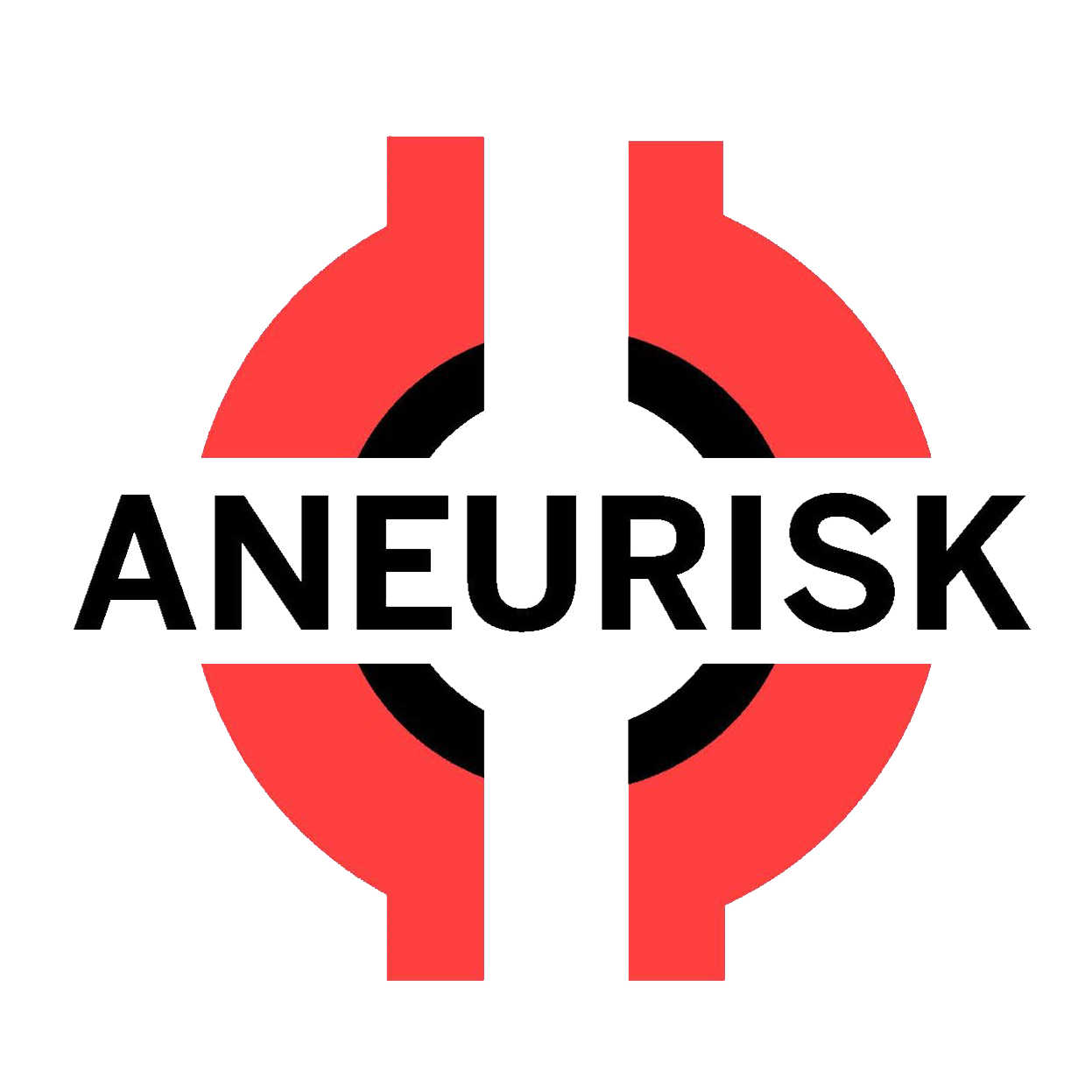AneuRisk

An artificial intelligence-based tool to assess the risk of abdominal aortic aneurysm patients that can reduce imaging costs, radiation, and prevent adverse outcomes.
- Doctors lack personalized information regarding aortic aneurysm rupture risk that can lead to deadly rupture, patient distress, or unnecessary repair procedures.
- Aneurisk has created a tool that offers doctors a personalized risk assessment for aortic aneurysm rupture upon diagnosis, enabling them to better care for patients.
- Aneurisk empowers doctors with rupture risk insights using innovative artificial intelligence techniques that integrate biomechanical, shape, and patient history data.
- The next steps involve conducting validation tests, collaborating with the FDA for eventual regulatory approval, and refining the user interface software.
An abdominal aortic aneurysm (AAA) is a growing bulge in the aorta and affects over 2.5 million Americans. Every year, 200,000 people in the U.S. are diagnosed with AAA and it is the 13th leading cause of death.
Doctors use an old method, measuring the maximum diameter to decide whether to treat a patient (5.0 cm for women and 5.5 for men). Doctors will continue to watch and track how the aneurysm will progress until the maximum diameter is reached. However, many AAAs can burst before reaching the diameter, where between 7 – 23.4% have been reported to rupture.
Our team, Aneurisk, uses artificial intelligence to better manage AAAs. We have created a tool that uses medical images and patient data to give a clearer picture of the risk. This can help catch dangerous AAAs early, reduce unnecessary surgeries, and save lives.
Abdominal aortic aneurysm (AAA) is a top killer in western countries, especially in men over 65. Many have tried to make software to measure AAA stresses, but they are not widely used to guide clinical decisions.
University of Pittsburgh researchers have a new approach using machine learning, a type of artificial intelligence. They have trained a tool to help doctors decide when and if surgery is necessary, rather than relying on aneurysm size. This is achieved by performing image-based analyses to quickly spots problem areas and predicts potential risks without needing an expert to analyze every image. The technology uses artificial intelligence, which speeds up the analysis process, where it can save time, money, and lives.
- Timothy K. Chung, PhD, Principal Investigator
- Nathan L. Liang, MD, MS, Co-Investigator
- David A. Vorp, PhD, Co-Investigator
- Micah Guffey, BS, Research Staff
- Chris Niles, BA, Research Staff
- Pete Gueldner, BS, Research Staff
The PInCh award is a vital investment that will allow the Aneurisk team to further validate the approaches and develop software for clinicians. The team will seek to develop external controls and a quality management system to provide the regulatory groundwork for eventual FDA approval. The regulatory pathway will occur by meeting with the FDA to understand the potential challenges our team may face. We would seek an investigational device exemption to roll out the technology in a clinical trial while seeking 510(k) clearance for the software as a medical device.
The team will continue to seek out small business grants (STTR or SBIR) and commercial accelerators to provide the infrastructure needed to function as a day-to-day business. Clinician champions will be identified to help bring steady adoption to the market. Lastly, the research team will develop methods for other aneurysms (cerebral and ascending aorta).
- How does the technology work? Aneurisk takes medical images when abdominal aortic aneurysms are first diagnosed and performs stress and shape analysis. The metrics from the analyses along with clinical data are used to predict the risk of patients. For example, high risk patients are at risk of rupture based on the database, whereas low risk may never need intervention.
- What economic value does Aneurisk offer to hospitals? Aneurisk delivers healthcare economic benefits to hospitals by enhancing overall outcomes and enabling increased reimbursement rates for each doctor-patient interaction.
- What steps is Aneurisk taking to navigate the regulatory shifts in artificial intelligence? Presently, the FDA directives concerning novel artificial intelligence and machine learning tools are undergoing rapid revisions. Recognizing the dynamic regulatory environment, Aneurisk acknowledges the significance of aligning incentives with the FDA to ensure the delivery of a safe and efficient product to patients. In pursuit of this objective, the Aneurisk team is dedicated to maintaining frequent communication with FDA review teams.
- What is the reimbursement plan for this? Aneurisk anticipates reimbursement as a clinical decision support tool from both public and private payers. Aneurisk offers insurers a value-driven product that reduces the frequency of costly aneurysm repairs covered by the insurer and minimizes unnecessary post-diagnosis doctor-patient interactions.